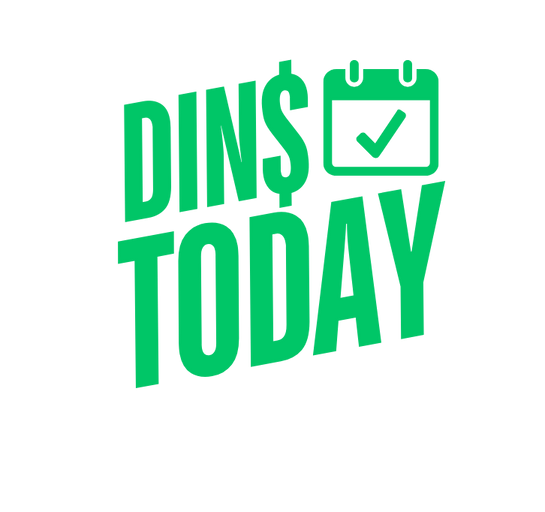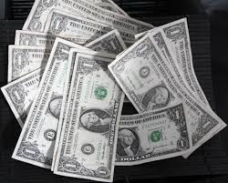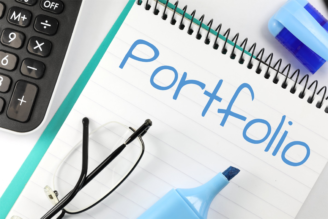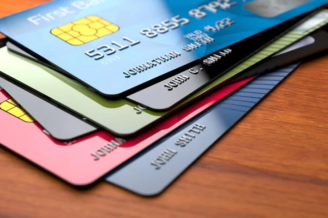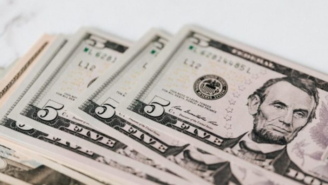Complete and easy guide to building an emergency fund
Learn how to build an emergency fund step-by-step with this complete and easy guide. Secure your financial future and be prepared!
Step by step guide to building your emergency fund

Imagine that your car suddenly breaks down, or an unexpected problem requires a large and immediate expense. In these situations, an emergency fund can be the difference between dealing with it calmly or falling into despair.
But how can you build an emergency fund in a simple way? In this guide, I will show you, in a practical and uncomplicated way, how to start and build your emergency fund so that you are always prepared. Read on to the end and find out!
What is an emergency fund and why is it important?
An emergency fund is a financial reserve intended exclusively for unexpected situations, such as medical expenses, home repairs or job loss. It prevents you from resorting to credit cards or loans, which can generate debts that are difficult to manage.
First, it is worth mentioning that the recommended goal is to accumulate the equivalent of 3 to 6 months of basic expenses. However, although this goal may seem intimidating, the secret is to start slowly.
Step by step to build your emergency fund
Now that you understand better the importance of an emergency fund, the next step is to learn how you can set up yours. Although it is a simple process, we decided to break it down into steps and explain each one.
Want to know how to set it up? Just follow the step-by-step guide below and get up to speed!
Calculate Your Needs
First, determine your essential monthly expenses: rent, food, basic bills, and transportation. Multiply this amount by three (or six, if possible) to set your initial goal.
Set a Realistic Goal
Don’t worry about reaching the total amount right away. Start with a smaller goal, like $500 or $1,000, to cover smaller emergencies.
Create a Budget
Adjust your spending to save. For example, cut back on spending on subscriptions you don’t use, eating out, or impulse purchases. Every little bit of savings helps.
Choose Where to Keep Your Money
Your fund needs to be accessible, but separate from the money you use on a daily basis. High-liquidity savings accounts or accounts specifically for emergencies are ideal options. The American Red Cross website suggests that financial preparation is a crucial step in dealing with emergencies safely and efficiently.
Earn Extra Money
Consider side hustles to increase your income. Apps like TaskRabbit or Uber can help you generate additional money to contribute to your fund.
How to Keep Your Fund Safe?
Your emergency fund should only be used in true emergencies. But there are some important tips you need to keep in mind to keep everything safe.
Initially, plan for other expenses, such as vacations or gifts, separately. Remember to replace the money you withdraw as soon as possible if you need to use it. This way, you can always have it accumulated, so you can use it at different times.
Additional Resources
In addition to starting your fund, it is important to learn how to deal with other financial situations. Organizations such as the Federal Emergency Management Agency (FEMA) and the American Red Cross offer valuable information to help you prepare not only financially, but also for natural disasters or larger unforeseen events.
Finally, explore the apps and tools suggested by these organizations to manage emergencies. This way, you can keep everything well organized without having to worry about the process.
Conclusion
Building an emergency fund can seem like a daunting task at first, especially when you think about your daily expenses and commitments. However, this is one of the best strategies to ensure your financial security and avoid stress in times of unforeseen events, such as health problems, vehicle repairs or loss of income.
The key is to start small and, above all, to maintain consistency. It doesn’t matter how large your fund initially is; the important thing is to create the habit of setting aside a portion of your income regularly. It can be a small amount, such as 5% or 10% of what you earn each month, but over time, this amount will grow significantly.
Plus, building an emergency fund offers a valuable benefit: the peace of mind that comes with knowing you’re prepared to face challenges without going into debt or compromising your other financial goals.
